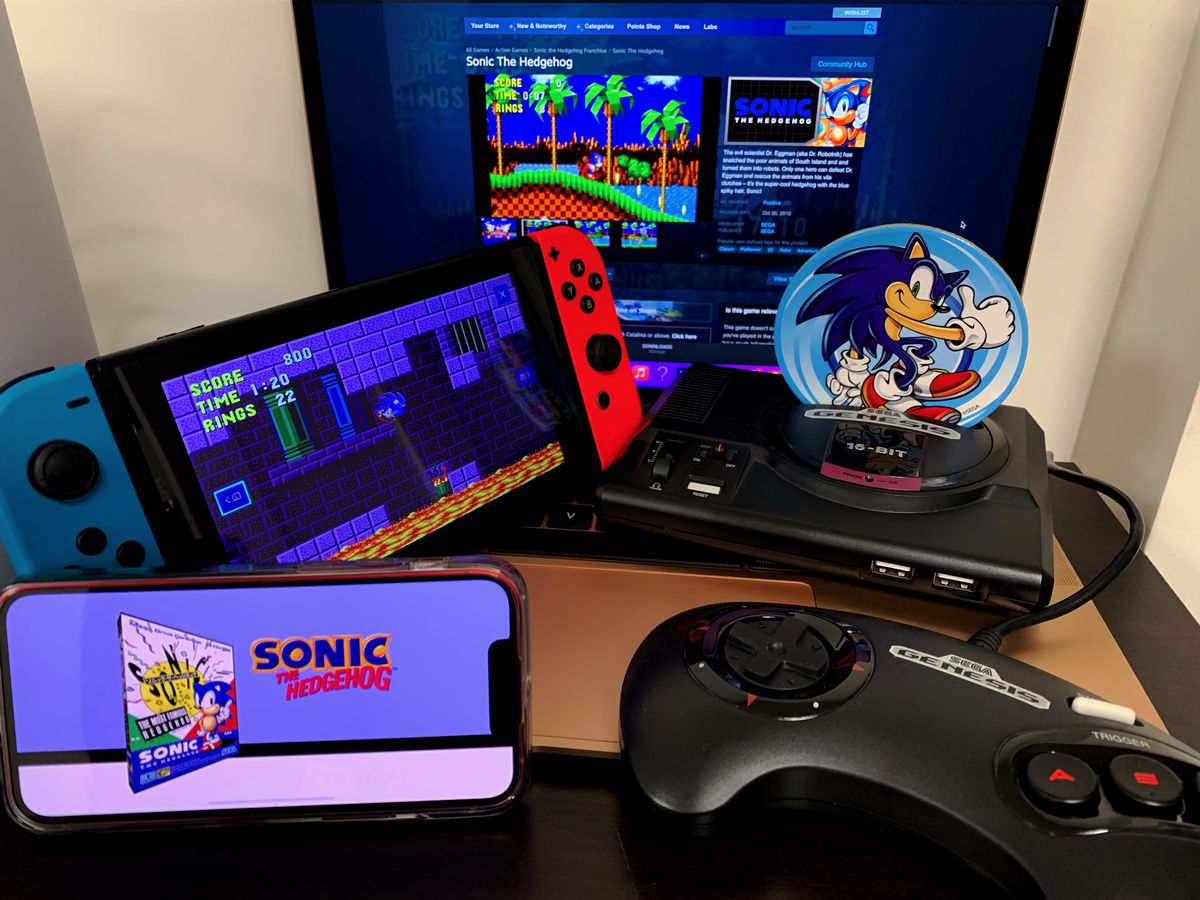Jim Farley and Elon Musk continue to create buzz. Within hours Monday, news splashed on social media that the two auto executives had each made a prominent magazine cover: Ford CEO Farley won 2022 MotorTrend Person of the Year and Tesla CEO Musk won 2021 Time magazine Person of the Year. Farley was the first to issue a shoutout to… Continue reading Ford CEO Jim Farley praises Tesla CEO Elon Musk — and social media goes bonkers
Tag: Tesla
Toyota Outlines Electric Vehicle Expansion Plan
Toyota, the world’s largest carmaker, belatedly joined the electric vehicle bandwagon on Tuesday, saying it hoped that by the end of the decade battery-powered cars would account for one-third of sales and almost all of the sales of its Lexus luxury brand. The Japanese automaker pioneered hybrid vehicles that use electric and gasoline motors, but… Continue reading Toyota Outlines Electric Vehicle Expansion Plan
Elon Musk Sells $5 Billion in Tesla Stock
Elon Musk, the chief executive of Tesla, disclosed on Wednesday that he had sold about $5 billion worth of Tesla shares, in part to cover his tax obligations after exercising options on a large tranche of stock. Mr. Musk sold about 4.5 million shares between Monday and Wednesday, according to filings with the Securities and… Continue reading Elon Musk Sells $5 Billion in Tesla Stock
Toyota teases electric pickup truck in new battery-electric vehicle plan
Toyota teased an upcoming electric pickup truck with an early concept vehicle at an event today about its long awaited battery-electric vehicle plan. Today, Toyota held an event about its battery-electric vehicle strategy. There was a lot of talk about how the Japanese automaker is in fact a leader in the space because it made… Continue reading Toyota teases electric pickup truck in new battery-electric vehicle plan
Idiots use Tesla Autopilot to put dog in danger in attempt to go viral
Young adults on social media put a dog in the driver’s seat of a Tesla Model X on Autopilot, putting the animal and everyone else on the road in danger, in an attempt to go viral. The case could be considered animal abuse on top of a serious traffic violation. There has been a long… Continue reading Idiots use Tesla Autopilot to put dog in danger in attempt to go viral
Elon Musk: Tesla to start accepting Doge cryptocurrency for merchandise
Elon Musk announced that Tesla will start to accept Doge, a meme cryptocurrency, to buy some merchandise on its website. It’s the first time Tesla has accepted crypto as payment since a reversal earlier this year. Over the last year, Tesla has been delving deep into the cryptocurrency world. Earlier this year, Tesla invested $1.5 billion… Continue reading Elon Musk: Tesla to start accepting Doge cryptocurrency for merchandise
Toyota to plow $35 billion into accelerating electric car shift
Toyota Motor Corp. wants the world to know it’s serious about competing in the market for battery-based electric vehicles. The world’s biggest carmaker is planning to invest 4 trillion yen ($35.2 billion) to supercharge its EV push, with a target to sell 3.5 million units annually by the end of the decade, Chief Executive Officer… Continue reading Toyota to plow $35 billion into accelerating electric car shift
Gotta go fast: Sonic is coming to Tesla’s in-car system
Sega is bringing back the original 1991 Sonic the Hedgehog game — this time for Tesla Arcade. A PR representative for the company told The Verge that Sonic the Hedgehog 1 will be available on all Tesla models but did not share a timeline. Elon Musk tweeted about the new Sonic game by once again… Continue reading Gotta go fast: Sonic is coming to Tesla’s in-car system
White House releases details of EV charging infrastructure plan
The EV industry applauded the inclusion of a plan to fund charging infrastructure in the Infrastructure Investment and Jobs Act (IIJA)—now rechristened the Bipartisan Infrastructure Bill (BIB)—that President Biden signed into law in November. However, until now we didn’t know exactly what we were cheering for. Now the administration has released an EV Charging Action… Continue reading White House releases details of EV charging infrastructure plan
Nike Buys NFT Company that Made the Elon Musk “Cybersneaker”
A sneaker company known for photoshopping a “cybershoe” onto Elon Musk has been purchased by Nike — in yet another sign, arguably, that the relationship between the physical and digital worlds is changing forever. As The Verge reports, Nike has acquired the sneaker company RTFKT (which is supposedly pronounced like “artifact,” though it’s more fun to… Continue reading Nike Buys NFT Company that Made the Elon Musk “Cybersneaker”

